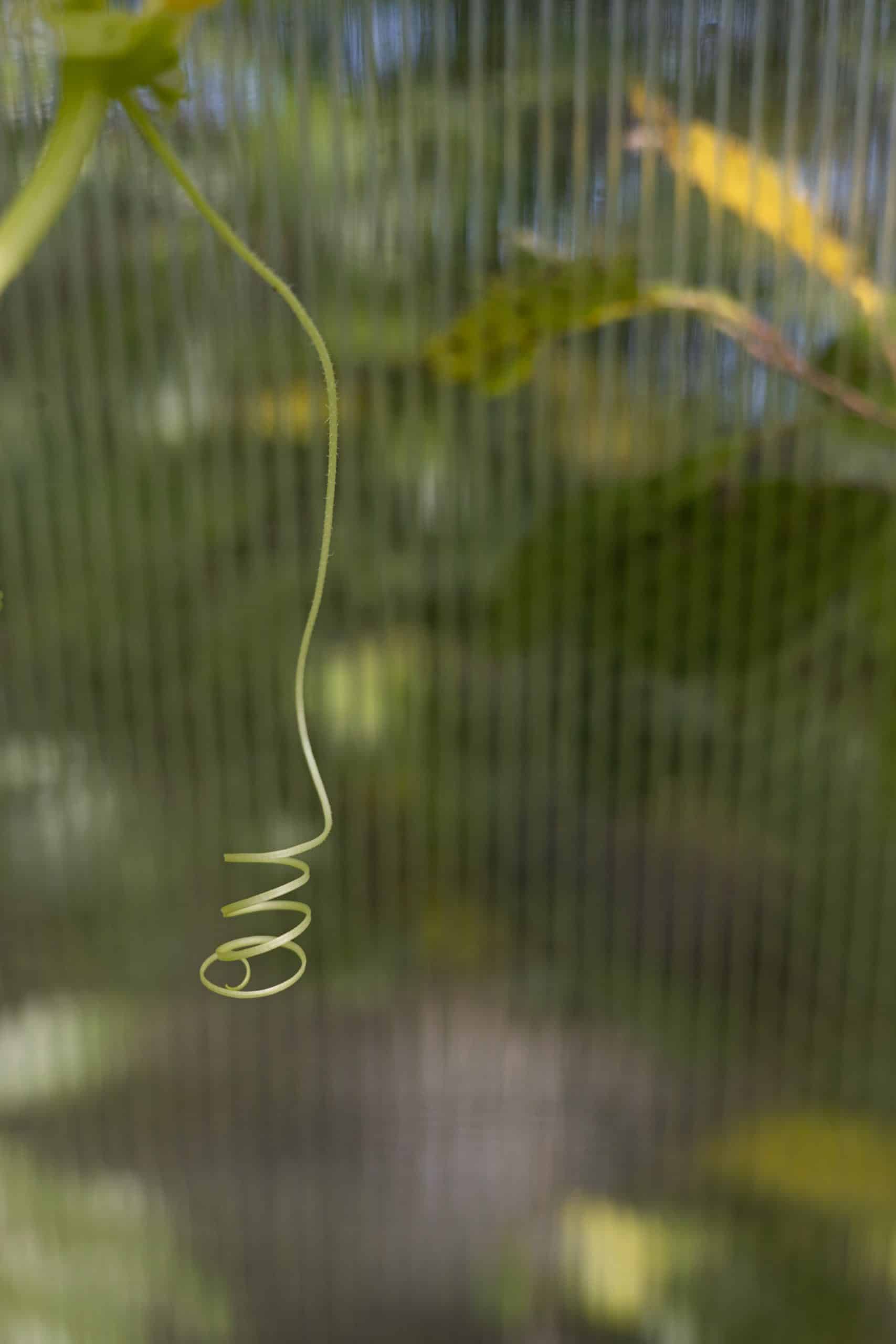How to Help a Dog with Separation Anxiety Cope with Post-Lockdown Changes?

As we navigate the new normal in a post-lockdown world, many of us are facing a tremendous change in routine. For some, this might mean going back to work and leaving the house for the first time in months, which could lead to a significant shift in the daily life of our dogs. Dogs are creatures of habit and any change in their routine can potentially cause them anxiety. Therefore, it’s crucial to understand how to help a dog with separation anxiety cope with these post-lockdown changes. In this comprehensive guide, we will explore practical steps you can take to ease your pet’s transition and maintain their health and wellbeing.
Understanding Separation Anxiety in Dogs
Before diving into the solutions, it’s vital to understand what separation anxiety in dogs means. Dogs with separation anxiety become distressed when they are left alone. They may exhibit a range of behaviours such as excessive barking, chewing, or even attempting to escape. This is because dogs are social animals and separation from their human companions can be a significant cause of stress for them.
Sujet a lire : What’s the Ideal Setup for a Crested Gecko Vivarium to Mimic Their Natural Habitat?
Essentially, separation anxiety is a fear response. Your dog is afraid of being alone and this fear manifests as anxiety. It’s a common condition, affecting roughly 20% of dogs at some point in their lives. However, the recent lockdown and the sudden change in routine it brought about have exacerbated this issue for many pets.
Signs Your Dog May be Experiencing Separation Anxiety
To help your dog cope with separation anxiety, you first need to recognize the signs. The most common signs include destructive behaviour, excessive barking or howling, compulsive pacing, and attempts to escape. Your pet may also experience physiological symptoms such as excessive drooling, panting, or loss of appetite.
Cela peut vous intéresser : How to Choose the Ideal Substrate for a Burrowing Reptile?
Moreover, some dogs may show signs of anxiety as you prepare to leave the house, such as becoming agitated or excessively clingy. If you notice any of these behaviours, it may be worth consulting with a vet or a canine behaviourist to confirm if your pet is suffering from separation anxiety and to discuss possible treatment options.
Preemptive Training to Mitigate Anxiety
One of the best ways to help your pet cope with separation anxiety is through preemptive training. Training should start as soon as you expect a change in routine, with the aim to make your pet comfortable being alone. This could involve gradually increasing the time they spend alone, starting with a few minutes at a time and building up to longer periods.
Another effective technique is to associate your leaving the house with something positive, such as a special treat or toy. This will help your pet to associate your departure with pleasant experiences, reducing their anxiety. Remember, consistency is key in training. Stick to a regular routine as much as possible, including feeding and walk times, to help your pet adjust to the new normal.
Creating a Safe Space and Routine for Your Dog
Creating a safe and comfortable space for your dog when you’re not at home can also help alleviate separation anxiety. This could be a specific room in your house or a crate, as long as it’s a space where your pet feels secure and relaxed. Fill this space with comforting items such as your pet’s favourite toys, blankets, or even an item of your clothing that carries your scent.
Maintaining a consistent daily routine can also play a significant role in managing your pet’s anxiety. Dogs thrive on routine and predictability, so aim to maintain a consistent schedule for feeding times, walks, and playtime. This will help your pet know what to expect at different times of the day, reducing their anxiety levels.
Nutritional Support and Veterinary Interventions
The food you provide to your dog can have a considerable impact on their health and behaviour. Certain nutrients, such as Omega-3 fatty acids, B vitamins, and probiotics, can have calming effects and help to manage stress and anxiety in dogs. Therefore, consider consulting with your vet about including anxiety-reducing foods or supplements in your pet’s diet.
In more severe cases of separation anxiety, medication may be required. Always consult with your vet before starting any medication, as they can guide you on the best course of action based on your pet’s individual needs and health status. Remember, medication should be viewed as a last resort and used alongside behavioural modifications and training, not as a standalone treatment.
While there are no quick fixes for separation anxiety in dogs, with patience, consistency, and the right approach, you can help your pet navigate the post-lockdown changes and maintain their health and happiness.
The Importance of Exercise and Mental Stimulation
Physical activity and mental stimulation are crucial for a dog’s overall health and wellbeing and can be particularly beneficial for dogs with separation anxiety. Regular exercise has been shown to reduce anxiety in dogs as it helps release pent-up energy and promotes a calm temperament. Ideally, you should aim for at least an hour of exercise a day, which could include walks, playtime in the garden, or even dog sports like agility training.
Mental stimulation is just as important as physical activity. Dogs are intelligent animals who need mental challenges to stay healthy and happy. Providing your dog with puzzle toys or treat-dispensing toys can keep them occupied and reduce anxiety when you’re not at home. Training sessions are also an excellent way to provide mental stimulation and strengthen the bond between you and your dog.
Spend quality time with your pet before leaving the house. This could involve a long walk, a play session, or even just some quiet cuddling time. This will not only help to tire out your dog but also reassure them that they are loved and valued. Keep in mind that a tired dog is a happy dog. If your dog has had plenty of physical and mental exercise, they will be more likely to rest and relax when you’re not at home.
Incorporating Technology to Monitor Your Dog’s Anxiety
In today’s digital era, there are numerous technologies available that can help monitor your dog’s anxiety levels and behaviour when you’re not at home. For instance, pet cameras allow you to observe your pet’s behaviour in real-time, helping you identify any signs of distress or anxiety. Some pet cameras even come with features like two-way audio, enabling you to soothe your pet with your voice when you’re away.
Smart pet products such as anxiety wraps or calming pet beds are also available. These products are designed to provide a sense of security and comfort to your pet, helping them to relax and reduce anxiety.
Mobile apps can also be beneficial. Many apps have features that allow you to track your pet’s location, monitor their behaviour, and even receive notifications if your pet shows signs of distress. Some apps also offer virtual consultations with vets or dog behaviourists, which can be particularly helpful if you’re struggling to manage your pet’s separation anxiety.
Indeed, technology can be a useful tool in managing separation anxiety in dogs. However, it’s vital to remember that technology should be used as a complement to, not a substitute for, proactive training, a secure environment, and a consistent routine.
Conclusion
Helping a dog with separation anxiety cope with post-lockdown changes can be a challenging task. It requires patience, consistency, and a deep understanding of your pet’s needs and behaviour. However, with the right approach and the use of various strategies such as preemptive training, creating a safe space, providing nutritional support, and incorporating physical activity and mental stimulation, you can help your dog navigate this significant transition.
Remember, each dog is unique, and what works for one might not necessarily work for another. Therefore, it’s essential to tailor your approach to your pet’s individual needs and circumstances. Don’t be afraid to seek professional help if needed, and always prioritise your pet’s mental health and wellbeing.
Above all, keep in mind that your love, reassurance, and companionship are the most powerful antidotes to your dog’s anxiety. As the world continues to adapt to the post-lockdown changes, ensure that your dog knows they can always rely on you for comfort and support. Trust and communication between you and your pet are the key to helping them overcome separation anxiety and thrive in the post-lockdown world.
